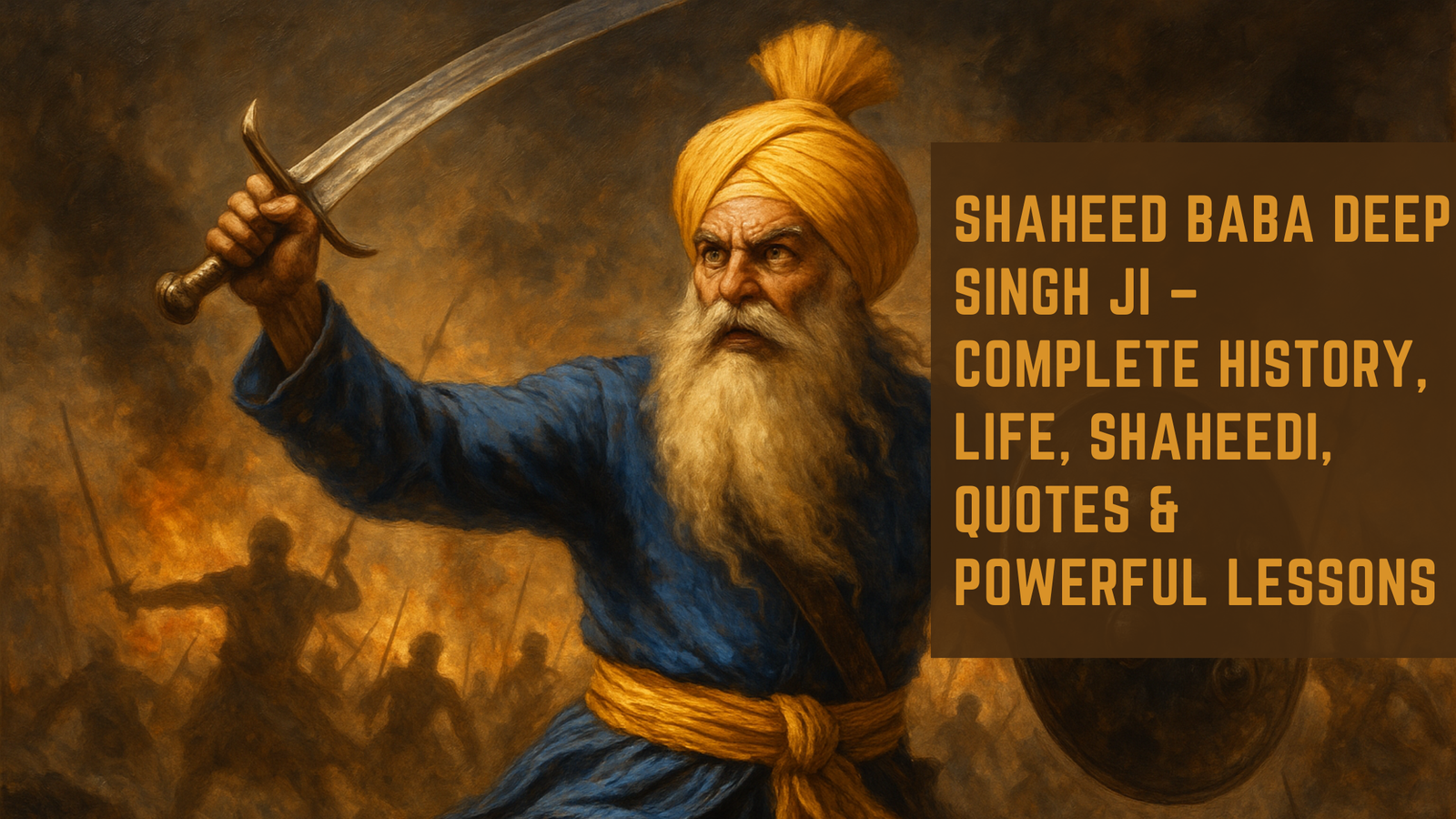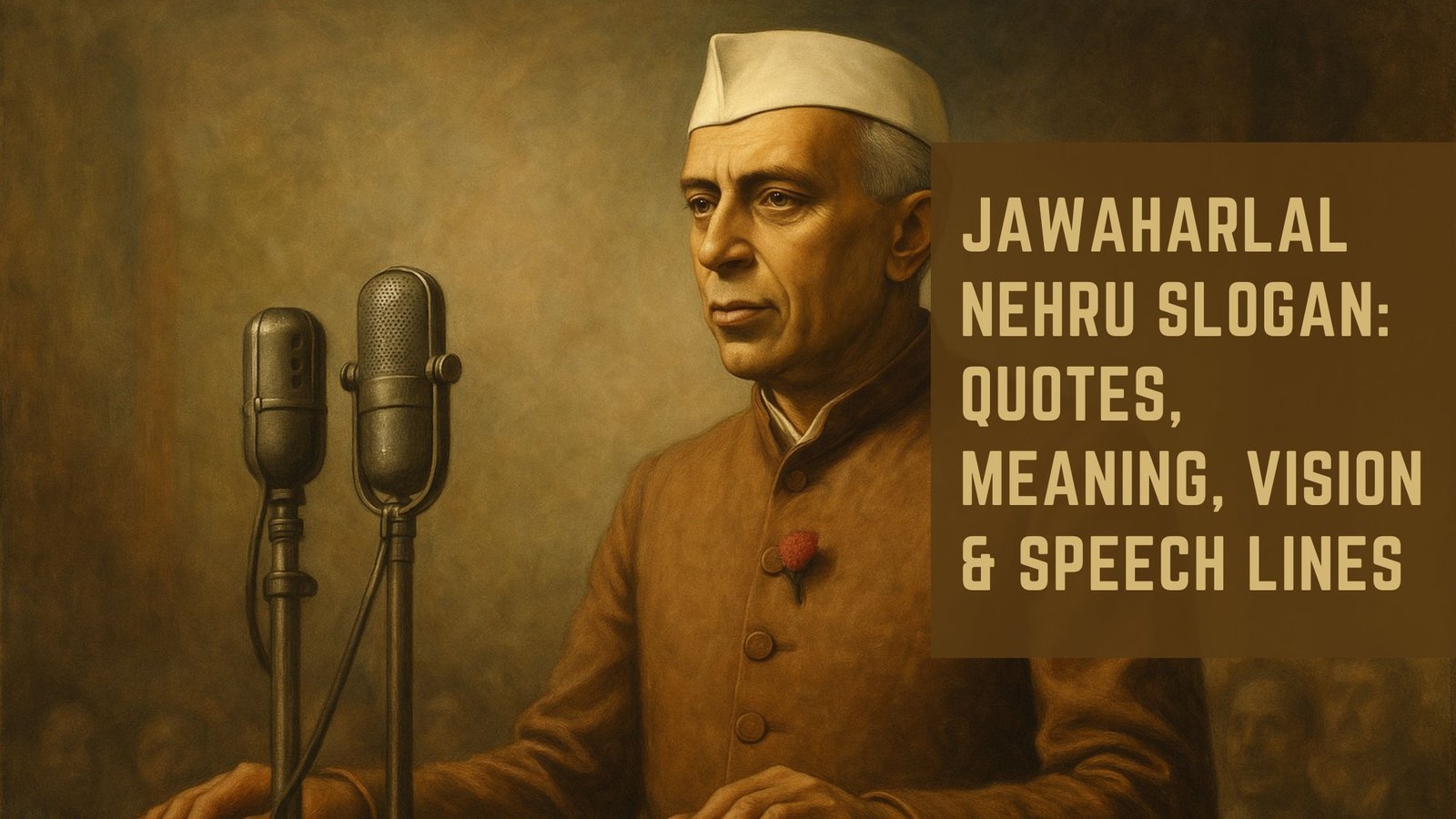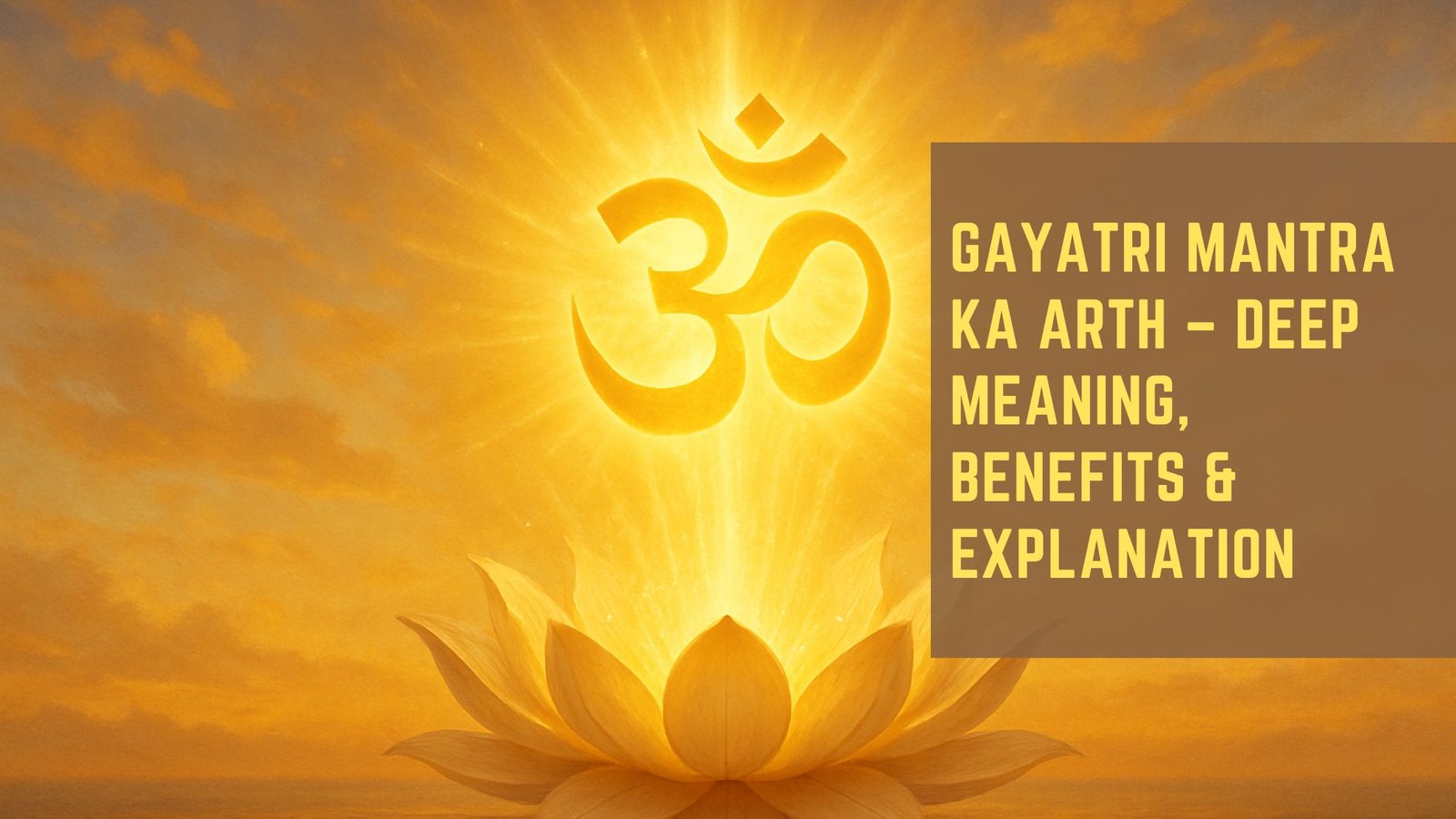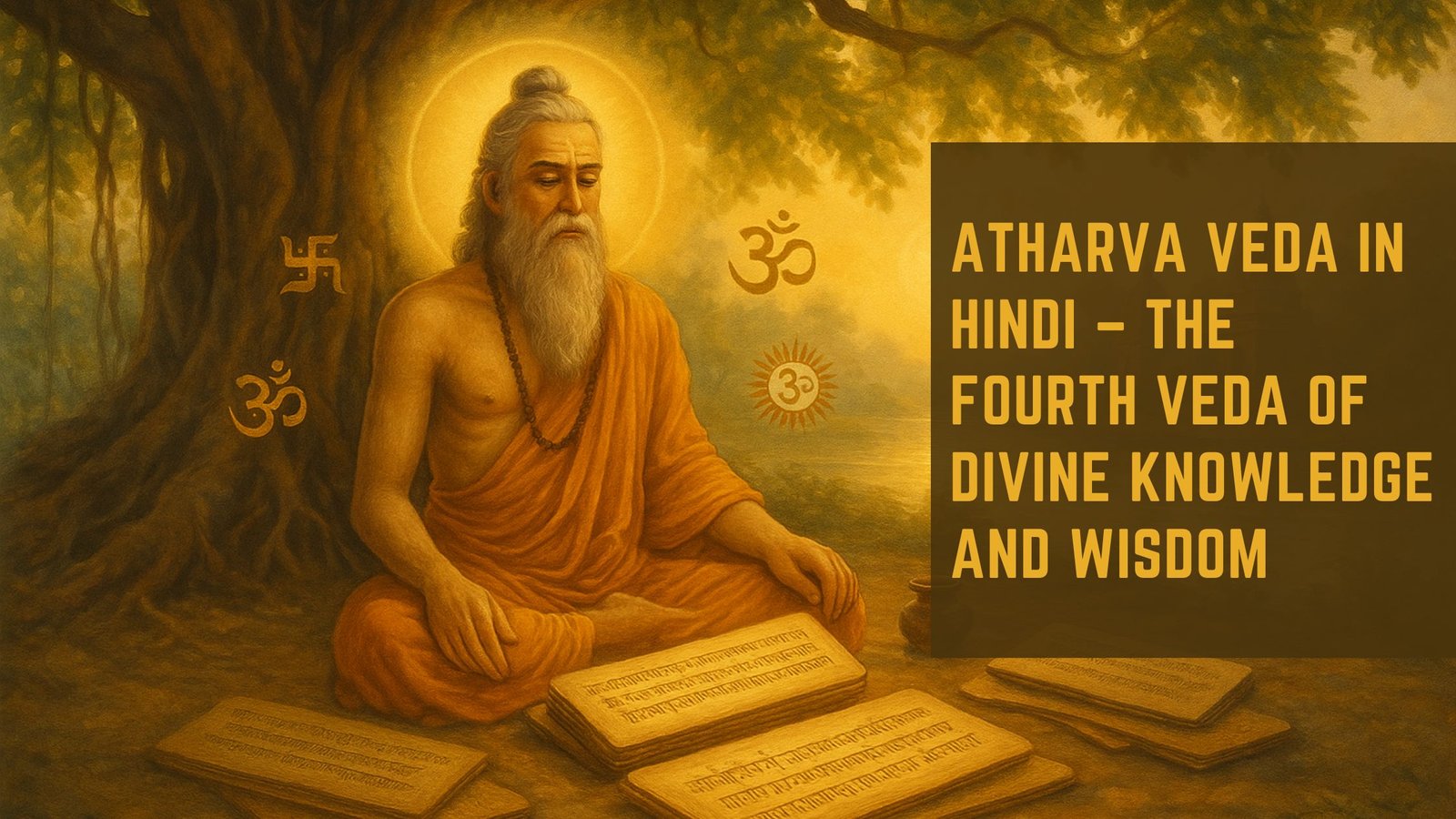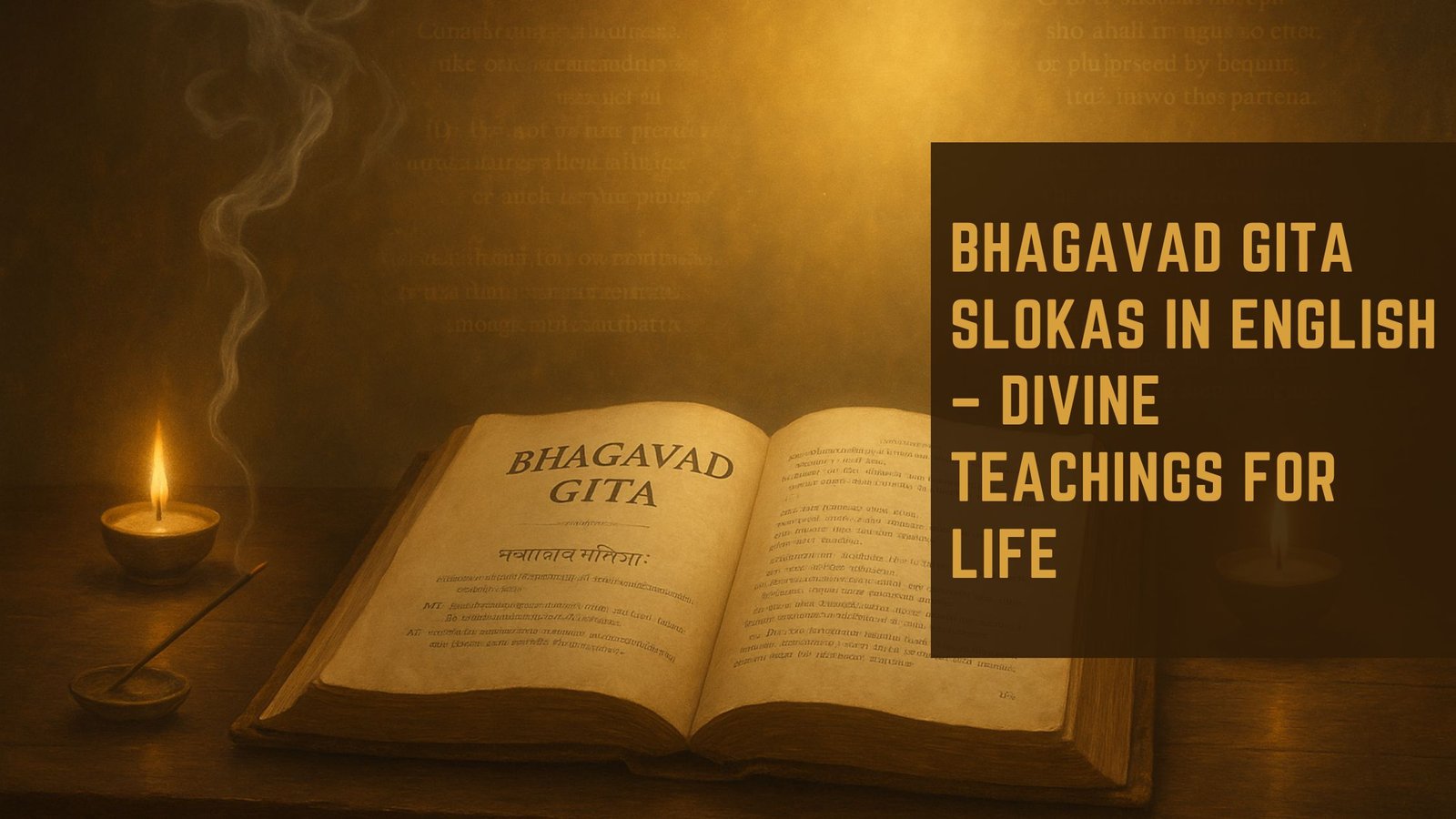The Bhagavad Gita, a revered text within Hindu philosophy, serves as a profound dialogue between Prince Arjuna and Lord Krishna, who acts as his charioteer and divine guide. Among its many verses, Chapter 11 stands out for its vivid depiction of Krishna’s Universal Form, a manifestation that transcends the ordinary and reveals the divine nature of existence. Verse 11.36 is particularly significant, as it encapsulates the essence of Krishna’s cosmic identity and the overwhelming realization of Arjuna as he witnesses this awe-inspiring vision.
This moment marks a turning point in the narrative, where the interplay of duty, morality, and the nature of reality converge in a powerful revelation. In this verse, Arjuna expresses his profound astonishment and fear upon seeing Krishna’s Universal Form, which encompasses all beings and realities. The imagery presented in this chapter is not merely a visual spectacle; it serves as a metaphor for the interconnectedness of all life and the omnipresence of the divine.
This moment invites readers to reflect on their own understanding of divinity and the universe, setting the stage for deeper exploration into the significance of Krishna’s Universal Form.
Key Takeaways
- Bhagavad Gita 11.36 introduces the concept of Krishna’s Universal Form, revealing his divine and awe-inspiring nature.
- The significance of Krishna’s Universal Form lies in its ability to showcase the omnipresence and omnipotence of the divine, transcending human understanding.
- Understanding the context of Bhagavad Gita 11.36 involves recognizing Arjuna’s awe and fear upon witnessing Krishna’s Universal Form during the Kurukshetra war.
- The symbolism behind Krishna’s Universal Form represents the interconnectedness of all beings and the ultimate power of the divine.
- Bhagavad Gita 11.36 holds philosophical implications, emphasizing the need for surrender and devotion to the divine in order to attain spiritual enlightenment.
Krishna’s Universal Form is a pivotal element in the Bhagavad Gita, representing the infinite nature of divinity that transcends human comprehension. This form embodies the entirety of creation, showcasing not only the beauty and harmony of existence but also its chaos and destruction. The significance of this revelation lies in its ability to challenge conventional perceptions of God as a singular entity confined to human attributes.
Instead, Krishna’s Universal Form illustrates that divinity encompasses all aspects of life—creation, preservation, and dissolution—highlighting the cyclical nature of existence. Moreover, this form serves as a reminder of the impermanence of life and the inevitability of change. By witnessing the vastness of Krishna’s Universal Form, Arjuna is compelled to confront his fears and doubts about duty and righteousness.
The experience becomes a catalyst for transformation, urging him to rise above his personal struggles and embrace a broader perspective on life. This shift in understanding is crucial for anyone seeking to navigate the complexities of existence, as it encourages individuals to recognize their interconnectedness with all beings and the divine forces that govern the universe.
To fully appreciate the depth of Bhagavad Gita 11.36, it is essential to consider the context in which it appears. The dialogue unfolds on the battlefield of Kurukshetra, where Arjuna faces a moral dilemma about engaging in battle against his own kin. Overwhelmed by grief and confusion, he turns to Krishna for guidance.
In response, Krishna imparts wisdom that transcends mere tactical advice; he reveals profound truths about duty (dharma), righteousness, and the eternal nature of the soul (atman). As Arjuna grapples with his internal conflict, Krishna’s revelation of his Universal Form serves as a pivotal moment that shifts Arjuna’s perspective from personal attachment to a broader understanding of duty. The context emphasizes that life is not merely about individual desires or familial bonds; it is about fulfilling one’s responsibilities in alignment with cosmic order.
This realization is crucial for Arjuna as he prepares to face the inevitable consequences of war. The verse encapsulates this transformative journey from confusion to clarity, illustrating how divine guidance can illuminate one’s path amid turmoil.
The symbolism behind Krishna’s Universal Form
The symbolism inherent in Krishna’s Universal Form is rich and multifaceted, offering layers of meaning that resonate with various aspects of human experience. At its core, this form symbolizes the unity of all existence—the idea that every being is interconnected within the vast tapestry of creation. The myriad faces and forms within Krishna’s Universal Form represent not only individual lives but also the collective consciousness that binds humanity together.
This symbolism invites individuals to recognize their shared essence with others and to cultivate compassion and empathy in their interactions. Additionally, Krishna’s Universal Form embodies the duality of creation: beauty and terror coexist within this cosmic manifestation. The awe-inspiring aspects evoke reverence and wonder, while the destructive elements remind individuals of life’s fragility and unpredictability.
This duality serves as a powerful metaphor for human existence itself—where joy and sorrow, love and loss are intertwined. By embracing this complexity, individuals can cultivate resilience and acceptance in their lives, understanding that both light and darkness are integral parts of the human experience.
The philosophical implications of Bhagavad Gita 11.36 extend far beyond its immediate narrative context; they invite contemplation on fundamental questions about existence, purpose, and the nature of reality. One significant aspect is the exploration of dharma—the moral duty that each individual must fulfill in accordance with their role in society and the universe. Arjuna’s initial reluctance to engage in battle reflects a common struggle faced by many: reconciling personal desires with societal obligations.
Krishna’s revelation challenges Arjuna to rise above his fears and embrace his duty as a warrior, emphasizing that true fulfillment comes from aligning one’s actions with higher principles. Furthermore, this verse prompts reflection on the nature of divinity itself. By revealing his Universal Form, Krishna transcends anthropocentric views of God, inviting individuals to consider a more expansive understanding of divinity that encompasses all aspects of existence.
This perspective encourages seekers to move beyond limited notions of spirituality confined to rituals or dogmas and instead embrace a holistic view that recognizes the divine presence in every facet of life. Such philosophical inquiries resonate deeply with contemporary discussions on spirituality, ethics, and interconnectedness.
Embracing Resilience in Uncertain Times
The teachings embedded within Bhagavad Gita 11.36 hold profound relevance for modern life, offering insights that can guide individuals through contemporary challenges. In an age marked by rapid change and uncertainty, the verse encourages individuals to cultivate resilience by recognizing their place within a larger cosmic framework. Just as Arjuna was called to confront his fears and fulfill his duty despite personal turmoil, individuals today are reminded to embrace their responsibilities with courage and integrity.
Overcoming Isolation through Interconnectedness
Moreover, the emphasis on interconnectedness serves as a powerful antidote to feelings of isolation prevalent in modern society. By acknowledging that every action has far-reaching consequences within the web of existence, individuals can foster a sense of community and compassion toward others.
Inspiring Collective Action toward a Better World
This understanding can inspire collective action toward social justice, environmental stewardship, and global harmony—values that resonate deeply in today’s world.
Interpreting the message conveyed through Krishna’s Universal Form in Bhagavad Gita 11.36 requires an openness to both its spiritual depth and practical implications. At its essence, this message calls for humility in recognizing one’s place within the vastness of creation. Just as Arjuna was humbled by witnessing Krishna’s infinite form, individuals today are invited to approach life with reverence for the mysteries that lie beyond human comprehension.
Additionally, this message encourages individuals to transcend ego-driven desires and embrace a sense of purpose aligned with higher ideals. By understanding that life is not solely about personal gain but rather about contributing to the greater good, individuals can find fulfillment in service to others. This shift in perspective fosters a sense of belonging within the larger tapestry of existence—a reminder that each person plays a vital role in shaping the world around them.
In conclusion, Bhagavad Gita 11.36 offers timeless wisdom that resonates across cultures and eras. Through Arjuna’s transformative encounter with Krishna’s Universal Form, readers are invited to explore profound themes such as duty, interconnectedness, and the nature of divinity. The teachings embedded within this verse encourage individuals to confront their fears, embrace their responsibilities, and cultivate compassion toward others.
As modern seekers navigate an increasingly complex world, the insights gleaned from this sacred text serve as guiding principles for living a meaningful life. By embracing the wisdom found in Bhagavad Gita 11.36, individuals can foster resilience amid uncertainty while nurturing a deeper connection with themselves, others, and the divine forces that shape existence. Ultimately, this journey toward understanding invites individuals to recognize their shared humanity and embrace the beauty inherent in life’s complexities—a lesson that remains ever relevant in today’s world.
In a related article discussing the wisdom of the Bhagavad Gita and other works by the author, the significance of Chapter 11 verse 36 is explored in depth. This verse, which highlights the universal form of Lord Krishna, is a pivotal moment in the text that showcases the divine power and presence of the Supreme Being. The article delves into the spiritual teachings and philosophical insights that can be gleaned from this verse, shedding light on the timeless wisdom contained within the Bhagavad Gita.

